Shoguns
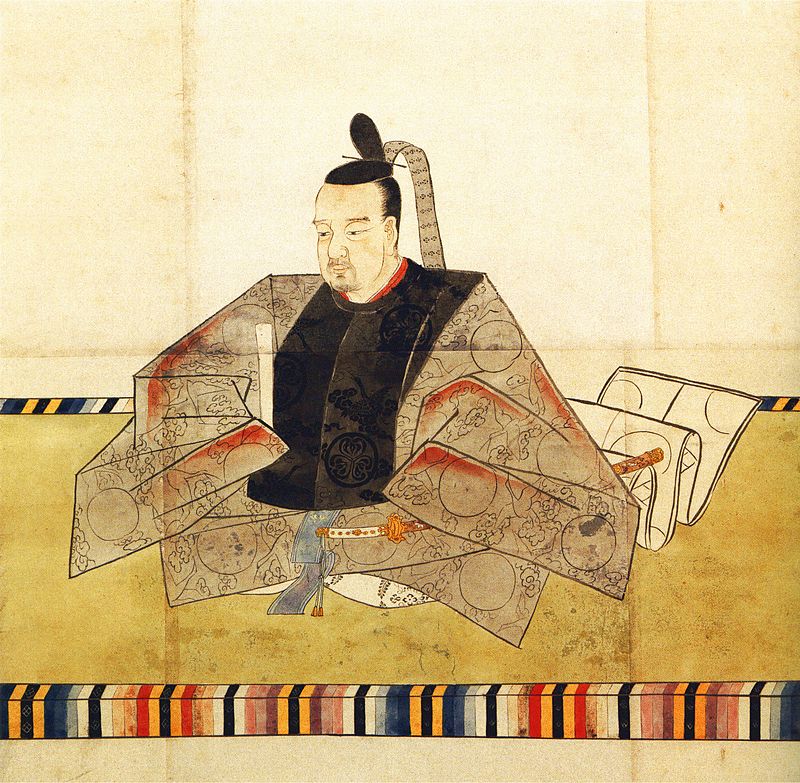
Tokugawa Ienari
(1787-1837)
Born in 1773 and died in 1841 (ien3). Shogun Ienari like many other shogun of the 19th century let the daily business of running Japan in the hands of administrator. “Ienari ascended to the office of shogun in 1787 and quickly relinquished much of the initial responsibility for governance first to his head councilor, Matsudaira Sadanobu, and then to Sadanobu's successor Nobuaki” (ien5). He was the “longest serving shogun of the Tokugawa shogunate of Japan who held office from 1787 to 1837” (ien2).
Shogun Ienari was a man with little interest to the political scene. “In celebration of his ascension to Shogun, Ienari barricades himself in the Ō oku for a period of eighteen days” (ien2). Then, a pillow fight ensues from his army of 600 women and the Bakufu counselors. Ienari is best known for his love of women and corruption. “Ienari was known as a degenerate who kept a harem of 900 women and fathered over 75 children” (ien3).
Tokugawa Ieyoshi
(1837-1853)
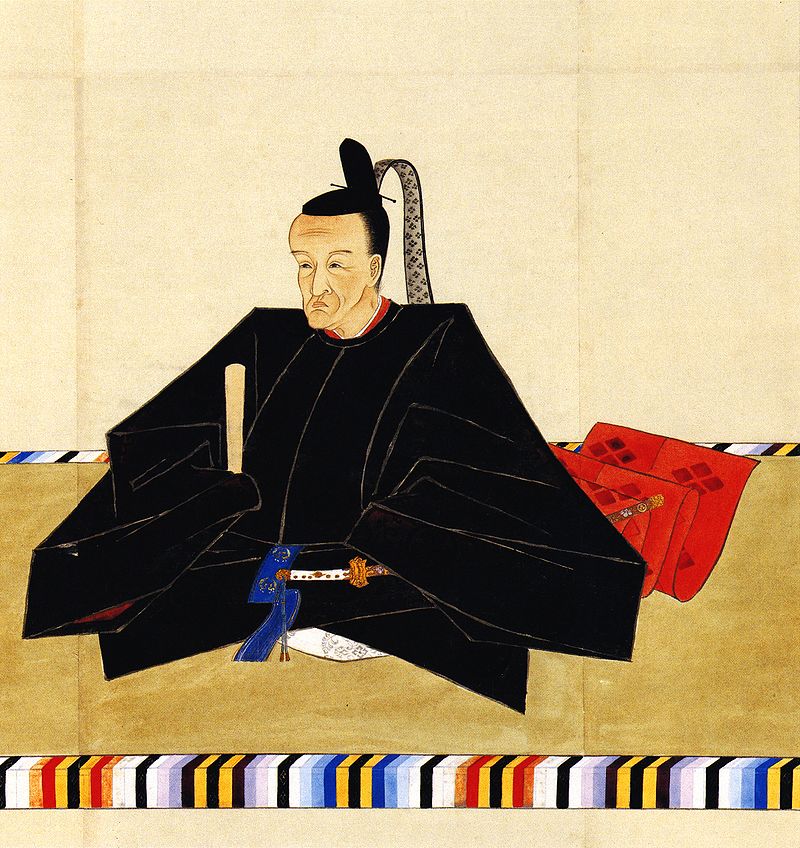
Born in 1793 and died in 1853 (iey5). He was the second son of Shogun Ienari and had no real power of his own until the dead of his father. “He exercised little power until Tokugawa Ienari (reigned 1787–1837), the 11th shogun, finally died three years later and Ieyoshi succeeded him.” (iey2). Like his father, he relinquishes most of his power to an administrator: Mizuno who ultimately made the decisions and controlled the government (iey2).
Like his father before him, he had a penchant for pleasure and women. “Ieyoshi had another 13 sons and 11 daughters by numerous concubines; however, only one son, Tokugawa Iesada, lived past the age of 20” (iey1).
An event that will change the future of Japan happens during the last year of his reign: American will land and requires an “open up” for trade by Japanese (iey6).
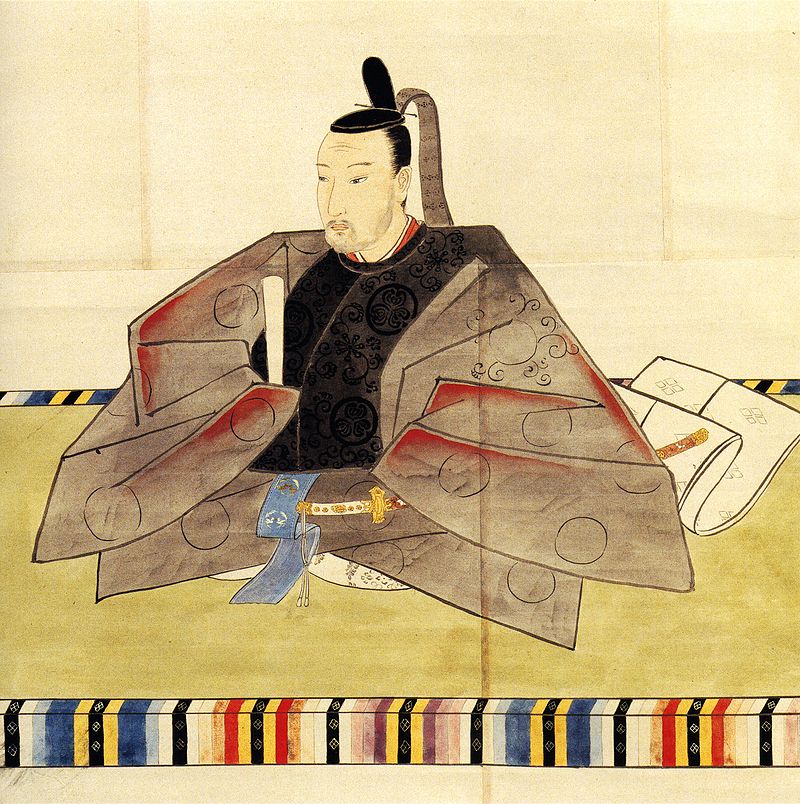
Tokugawa Iesada
(1853-1858)
Born in 1824 and died in 1858 (ies5). He was the only surviving son of Shogun Ieyoshi. He became the Shogun as Japan was taking a turn in history in relation to their opening for trade with foreign countries like the United States. However, he was of a fragile stature. “Historians have theorized that he may have suffered from Cerebral palsy” (ies1). He was also considered mentally indisposed for the shogun. “He was most likely mentally retarded or so incapable of doing the job[v] that another daimyōō[vi] had to step in steer the ship in the right direction.” (ies2).
Tokugawa Iemochi
(1858-1866)
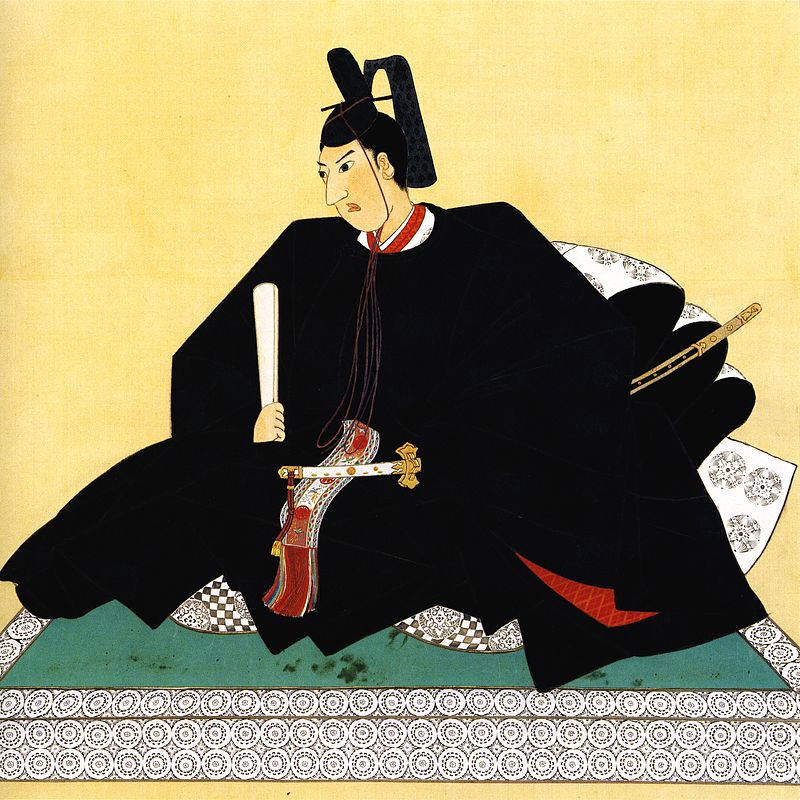
Born in 1846 and died in 1866 (iem2). Shogun Iemochi represent a brake in the tradition son-father inheritance of the Shogun of the nineteenth century.
Since the previous shogun Iesada had not produced any offspring for the Shogunate, the Bakufu government had to choose the heir for succession from the many relatives. “In 1858 he was named as the successor to the main Tokugawa house due to his cousin the 13th shogun, Iesada, being heirless” (iem1). “Iemochi, was born into the Kishu Tokugawa family and was first called Yoshitomi” ( iem3). The choice of Iemochi as shogun was not without disagreements: “there were other factions in the government who supported Tokugawa Yoshinobu or Matsudaira Naritami for shogun; it must be said that both of them, as opposed to Iemochi, were adults. It was upon assuming the office of shogun that Yoshitomi changed his name to Iemochi” ( iem1).
The story of Iemochi was maybe short but surely the most interesting of all Shogun of the nineteenth century. His reign marked the gradual return of power to the Emperor house. “The Bakufu promoted marriage between the Imperial court and the Shogunate to appease the Sonnô Jôi extremists” (iem2). Consequently, he was forced to marry the princess Kazu. “Nobumasa Ando, had the Emperor’s daughter, Princess Kazu, marry Iemochi in the interest of reconciliation between the Imperial court and the shogunate” (iem3). He was also the first Shogun to visit the Emperor house in two hundreds years. “He had been summoned by the emperor, and had 3,000 retainers as escort. This was the first time since the visit of Iemitsu in the Kan'ei era, 230 years before, that a shogun had visited Kyoto” ( iem4).
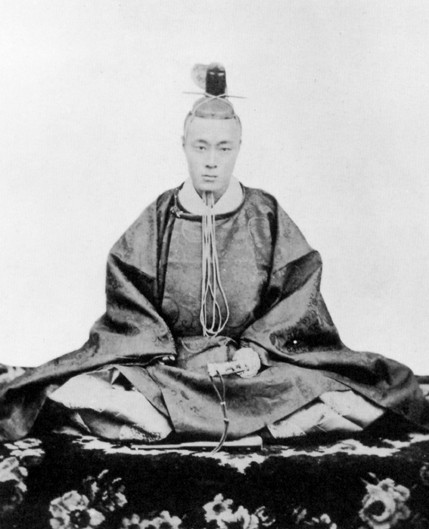
Tokugawa Yoshinobu
(1866-1867)
Born in 1837 and died in 1913 (ios5). Shogun Yoshinobu was the last Shogun. His reign lasted only about a year. Contrary to all other shoguns of the nineteenth century, Yoshinobu was involved directly with the ruling of Japan and can be considered in this regard has the only real shogun of the nineteenth century.
Shogun Yoshinobu was the second choice replacement instead of Iemochi. “Yoshinobu was proposed as heir by a group who believed that in the turbulant age (now known as the bakumatsu), a mature man was needed as shogun” (ios1). However, he will become only shogun after the early dead of shogun Iemochi.
While the reign of Shogun Yoshinobu was very short, it can be incontestably said to be the most politically active of all the nineteenth century shogun. “Immediately upon his ascension, Yoshinobu initiated widespread reforms to overhaul and strengthen the Tokugawa government” (ios7). However, it was too little too late to save the feudal Tokugawa government. “He was part of a movement which aimed to reform the aging shogunate, but was ultimately unsuccessful” ( ios2). Ultimately, despite all his effort to reform the government, he will ultimately be forced to relinquish total power to the Emperor. He is known for the war which “was called the Boshin War and eventually the Meiji Restoration and the end of the Tokugawa Shogunate” ( ios1).